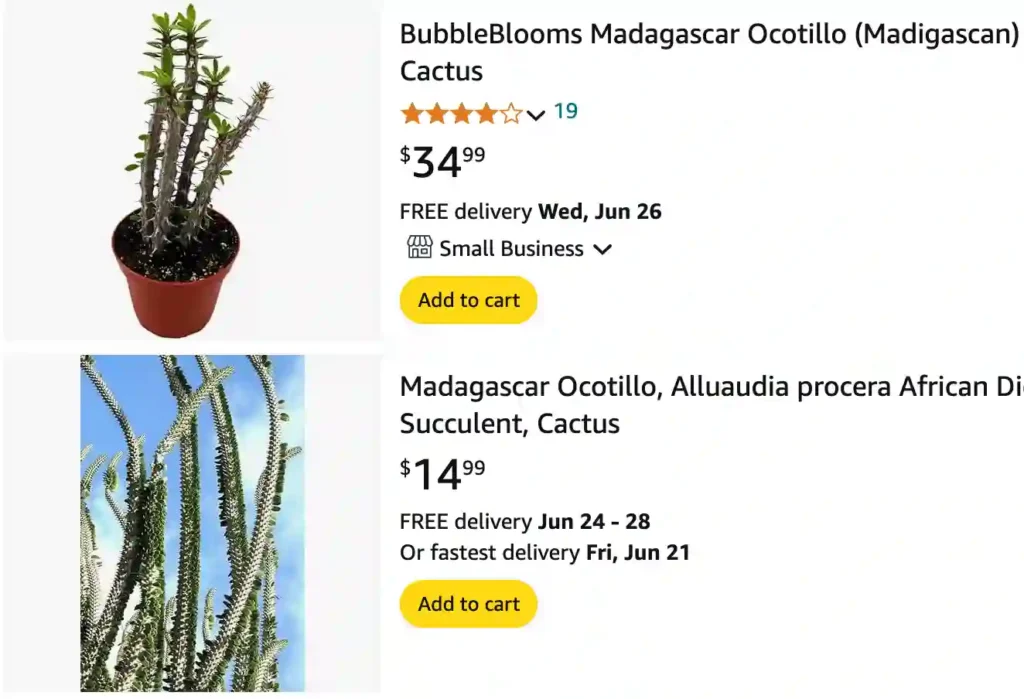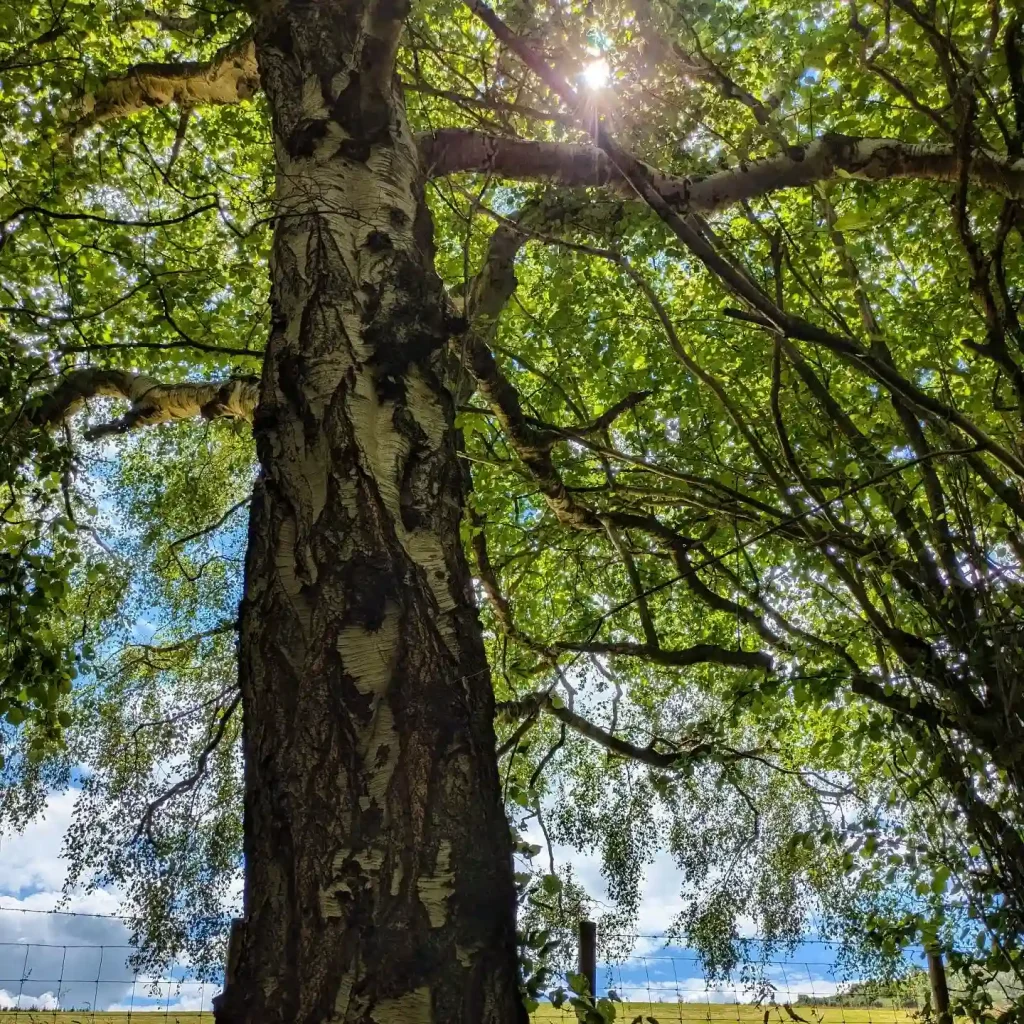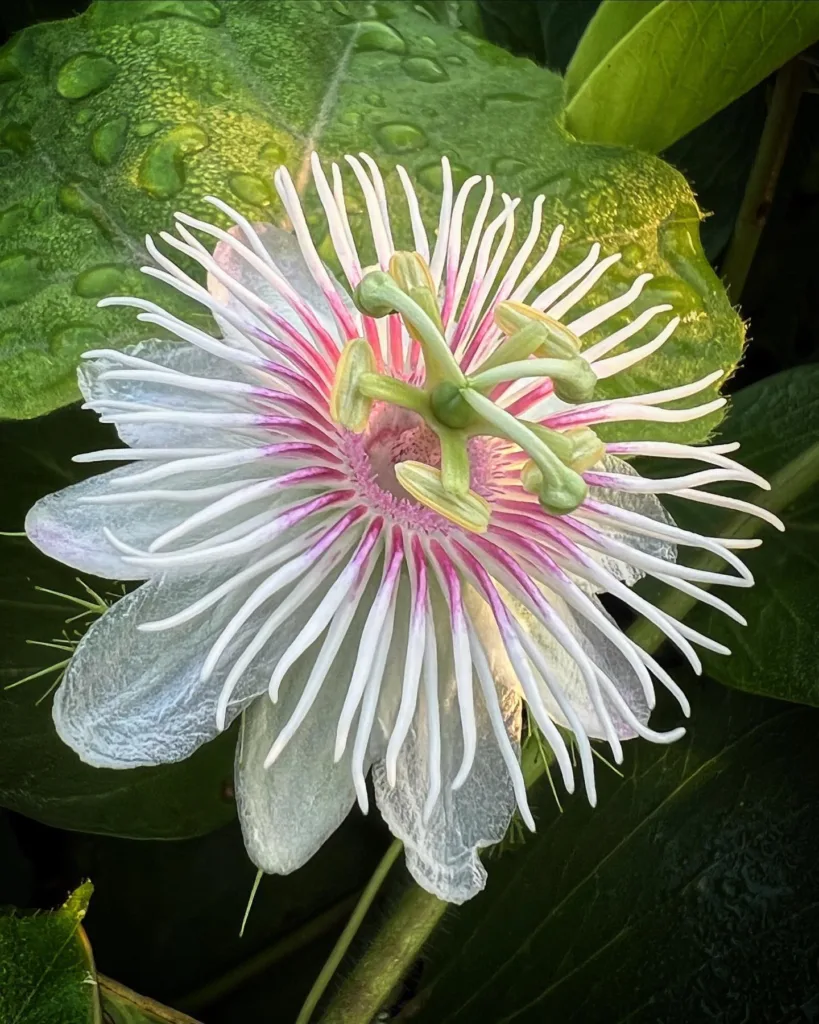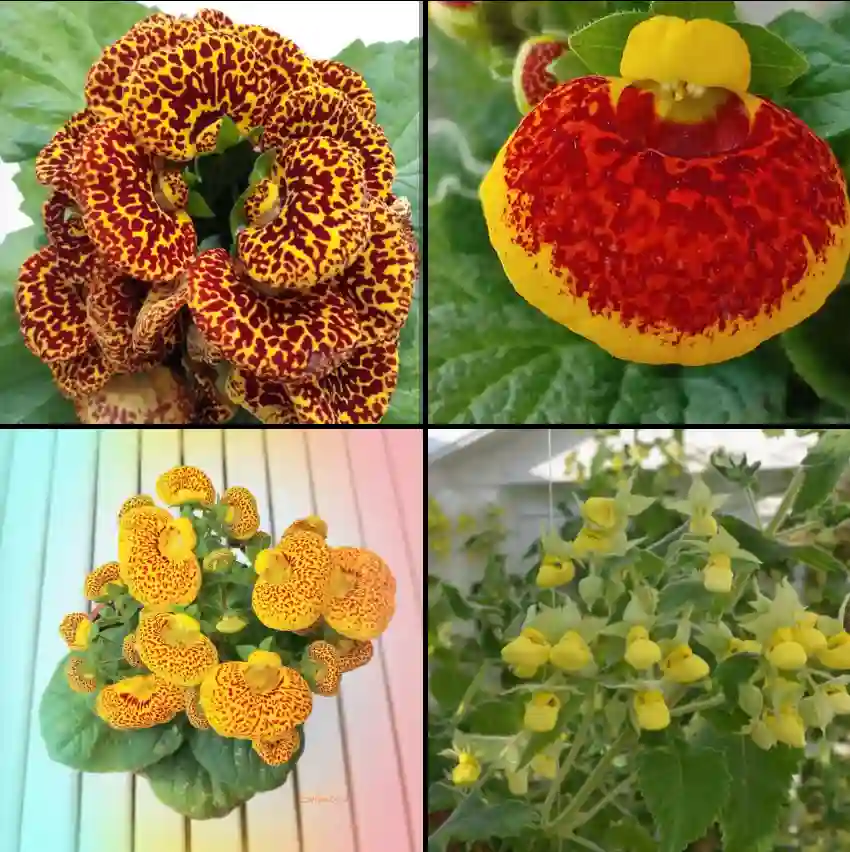
What is Alluaudia Procera?
Hey there, plant enthusiasts! Ferb Vu here, and today we’re diving into the fascinating world of the Alluaudia procera, also known as the Madagascar Ocotillo. This unique succulent native to Madagascar has captured the hearts of plant lovers with its architectural form and resilience.
If you’re considering bringing an Alluaudia procera into your life, you’ve come to the right place. This FAQ will answer all your burning questions about this spiky wonder.
The “Ocotillo” comparison comes from the Alluaudia procera’s resemblance to the Fouquieria splendens, a spiny shrub native to the Southwestern US and Mexico. Both plants share a similar candelabra-like growth pattern with long, slender stems branching out from a central trunk.
However, that’s where the similarities end. The Fouquieria splendens is a flowering cactus, while the Alluaudia procera is a succulent tree – though flowering is uncommon indoors.
How Much Sun Does My Alluaudia Procera Need?
As a native of Madagascar’s dry forests, the Alluaudia procera thrives in full sun. If you’re keeping it outdoors, year-round sunshine is ideal. Indoors, position it near a south-facing window for maximum light exposure. Remember, these guys are sun worshippers!
Here in Southeast Asia, where sunlight is abundant, mimicking their natural habitat shouldn’t be a problem. Just be mindful of the harsh afternoon sun, especially during peak summer months. You might need to provide some shade during that time to prevent scorching.
When to Quench My Alluaudia Procera’s Thirst?
Here’s the beauty of the Alluaudia procera – it’s a champion at handling drought. Overwatering is the enemy with this plant. Remember, its roots hail from a land where water is scarce.
My golden rule? Allow the soil to dry out completely between waterings. This might mean watering once a week during the summer and even less frequently in winter when the plant goes dormant. When in doubt, err on the side of underwatering. A thirsty Alluaudia procera will show signs like wrinkled stems, but it can bounce back. An overwatered one, however, is a recipe for root rot.
Soil Secrets: The Perfect Mix for My Alluaudia Procera
Just like with watering, mimic the Alluaudia procera’s natural environment when it comes to soil. Think well-draining and sandy. A good cactus or succulent mix will do the trick. Here in Vietnam, you can find these pre-mixed options at most plant stores.
If you’re the DIY type, you can create your own mix using coarse sand, perlite, and a small amount of potting soil. The key is ensuring excess water can easily drain away from the roots.
How Hot Can My Alluaudia Procera Handle?
Good news! The Alluaudia procera thrives in warm temperatures, just like its Madagascan homeland. Ideally, keep it above 60°F (15°C). They can tolerate some cold, down to freezing (32°F/0°C), but it’s best to bring them indoors during harsh winters, especially in regions with frequent frosts.
Here in Hanoi, the winter temperatures are usually mild, so you shouldn’t have to worry about bringing your Alluaudia procera indoors unless there’s an unexpected cold snap.
Feed Me! How to Fertilize My Alluaudia Procera
The Alluaudia procera isn’t a heavy feeder. A balanced fertilizer for cacti and succulents, diluted to half strength, can be applied once during the spring or summer growing season. Don’t overdo it, though. Too much fertilizer can harm the plant.
Common Concerns: What to Look Out For?
While generally a low-maintenance plant, there are a few things to keep an eye on:
- Overwatering: As mentioned earlier, this is the biggest threat. Signs include mushy stems, wilting, and discoloration.
- Mealybugs: These tiny, sap-sucking insects can infest your plant. Look for white, cottony clusters on the stems and leaves. Treat them with insecticidal soap or neem oil.
- Scale: These armored insects can also suck the life out of your Alluaudia procera. Scrape them off manually with a cotton swab dipped in alcohol or use horticultural oil.
If you notice any of these issues, address them promptly to keep your plant healthy.
Can My Alluaudia Procera Live Inside Forever?
The Alluaudia procera can adapt to indoor life, but it won’t reach its full potential without sufficient sunlight. Ideally, it needs bright, direct sun for most of the day. If your home environment can’t provide that, consider investing in a grow light to supplement its needs.
Alluaudia Procera vs. Other Spiky Succulents: Picking Your Perfect Plant
While the Alluaudia procera is a fantastic choice, you might be curious about other interesting succulents with similar characteristics. Here’s a quick comparison to help you decide:
- Euphorbia trigona (African Milk Bush): This architectural succulent boasts triangular, spine-tipped stems. It also thrives in full sun and well-draining soil. However, the Euphorbia trigona contains a milky sap that can be irritating, so be cautious if you have pets or small children.
- Cereus Peruvianus (Peruvian Apple Cactus): This long, spiny cactus offers a more vertical, columnar form. It shares the Alluaudia procera’s love for sun and infrequent watering. Unlike the Alluaudia procera, the Cereus Peruvianus produces night-blooming, fragrant flowers under the right conditions.
- Yucca elephantipes (Spineless Yucca): This popular houseplant offers a similar architectural look with its thick, woody trunk and sword-shaped leaves. However, unlike the spiky Alluaudia procera, the Yucca elephantipes is completely spineless, making it a good choice for homes with pets or curious hands. It also tolerates lower light conditions compared to the sun-loving Alluaudia procera.
Potting Up for Success: Repotting Your Alluaudia Procera
As your Alluaudia procera grows, it will eventually need a bigger pot. Here’s what to know about repotting:
- Frequency: Repot every 2-3 years, or when the roots outgrow the current pot. Signs include roots pushing through the drainage holes or the plant becoming unstable.
- Timing: Spring or summer is the ideal time to repot when the plant is actively growing.
- New Pot: Choose a pot that’s only slightly larger than the current one. A pot that’s too big can lead to overwatering issues. Opt for a pot with good drainage holes.
- Repotting Process: Carefully remove the plant from its current pot. Gently loosen any tightly bound roots. Place the plant in the new pot with fresh, well-draining soil. Water lightly after repotting and avoid fertilizing for a few weeks.
Can I Grow More Alluaudia Procera?
Absolutely! The Alluaudia procera can be propagated from stem cuttings. Here’s how:
- Take Cuttings: Choose a healthy, mature stem segment. Allow the cut end to dry and callous over for a few days.
- Planting the Cutting: Plant the calloused end of the cutting in a well-draining cactus or succulent mix. Moisten the soil lightly and keep it barely damp.
- Patience is Key: Rooting can take several weeks. Don’t overwater, as this can cause rot. Be patient and provide bright, indirect light.
- New Growth: Once new growth appears, you can gradually increase watering and care for the new plant as you would a mature Alluaudia procera.
With a little TLC and these handy tips, you can enjoy the unique beauty and low-maintenance charm of the Alluaudia procera for years to come. Happy planting!
If i die, water my plants!



